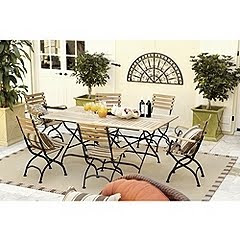This is a project I am working on in Mission Valley, the completely remodeled Discount Technology Building. We just started planting it, and I am so happy with how the new entry came out that I just had to share!
The architect, Phil Reyes, stripped off the horrid 1970's lava rock facing this planter and replaced it with Cor-Ten Steel. I love the effect: both modern and earthy.
I can't say enough good things about the remodel of the building itself- is is almost hard to believe that the structure of the building is identical because it is almost unrecognizable. Just so you can see how much the building has been transformed, I'll give you a "before" photo (yep, I know, it is hard to look at):







